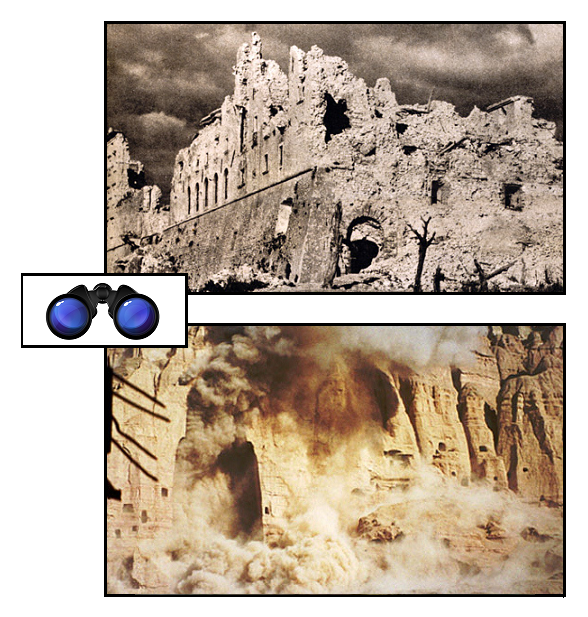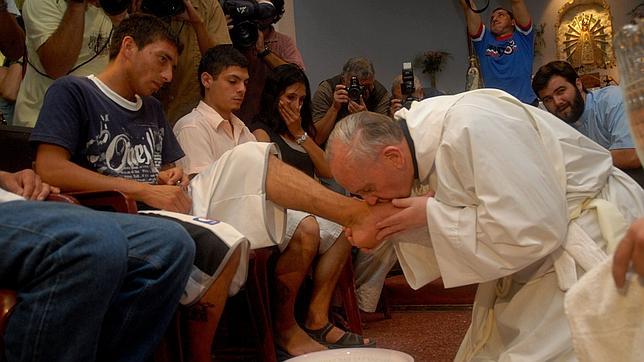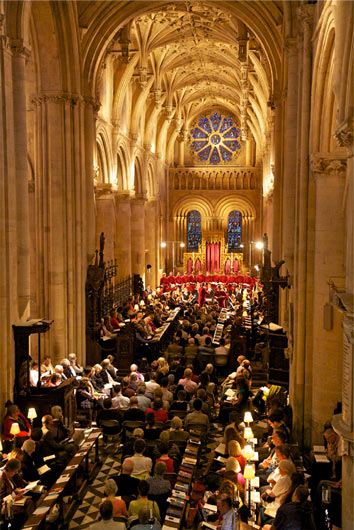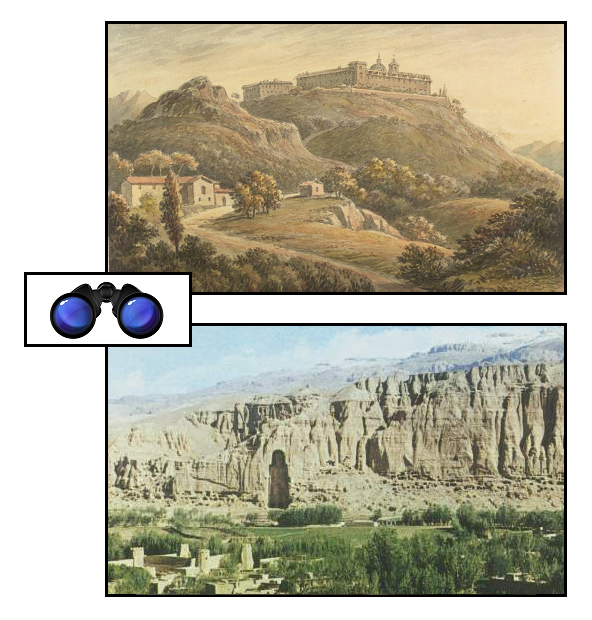Sent to Coventry and much else besides
Monday, September 2nd, 2013[ by Charles Cameron — shall we say, not a great enthusiast for war? ]
.
This image of Winston Churchill in the bombed out ruins of Coventry Cathedral is almost a self-referential paradox in itself, if you still believe the canard that he knew the Germans were going to bomb Coventry that night, and did nothing about it to avoid divulging allied knowledge of the German ENIGMA code.
It it walks like a canard and quacks like a canard…
For a rebuttal of the suggestion that Churchill knew Coventry would be the target that night, see Sir Martin Gilbert, Coventry: What Really Happened [pdf, pp. 32-3] — the post-literate can listen to this Angry History podcast instead.
**
As an aside, I wonder what Churchill had in mind when he coined his celebrated mot about Russia:
It is a riddle wrapped in a mystery inside an enigma; but perhaps there is a key.
According to Wikipedia, the Poles had delivered their early Enigma-breaking theories, tools and sample cryptologic bombs to British military intelligence in Warsaw on 25 July 1939. Churchill’s broadcast, The Russian Enigma, was given on 1st October 1939.
*
And another aside, while we’re here — just to note that conspiracy theories are often among the gaseous components of a fog of war…
On the other hand, conspiracy theories can often be revealing of popular and or archetypal hopes and fears. In the present case, the anxiety revolves around situations such as that invoked by Caiaphas’ claim “It is expedient for us, that one man should die for the people“.
**
Coming at the destruction of Coventry Cathedral from another angle…
I have mourned before the losses at Bamiyan and Monte Cassino:
Here’s what’s happened to the Green Mosque or Mazjid Sabz, famous for its dome (upper panel only, lower panel h/t Bilal Sarwary), in the course of fighting in Afghanistan — the country whose oldest mosque it is:
**
FWIW, the lower panel image (above) is from a Christian Science Monitor article titled Israeli settlers respond to mosque burning allegations — the caption reads in part:
Palestinian men pray Monday near a burnt part of the carpet in a mosque that was damaged in the West Bank village of Beit Fajjar near Bethlehem. Palestinians accused Jewish settlers of setting fire to the West Bank mosque on Monday
The upper panel image, as far as I can determine, shows the continuing celebration of Mass in a German church after Allied bombardment in World War II.
**
It is at least worth pondering the words of these Trappist sisters in Azeir, Syria…
They came to Azeir to continue in spirit the work of the monks of Tibhirine, about whom I wrote, giving extensive background and the entire text of Fr. de Chergé‘s great, final testament here. The sisters write:
Today we have no words, except those of the Psalms that the liturgical prayer puts onto our lips in these days:
Rebuke the Beast of the Reeds, that herd of bulls, that people of calves…oh God, scatter the people who delight in war…Yahweh has leaned down from the heights of his sanctuary, has looked down from heaven to earth to listen to the sighing of the captive, and set free those condemned to death…Listen, God, to my voice as I plead, protect my life from fear of the enemy; hide me from the league of the wicked, from the gang of evil-doers. They sharpen their tongues like a sword, aim their arrow of poisonous abuse…They support each other in their evil designs, they discuss how to lay their snares. “Who will see us?” they say. He will do that, he who penetrates human nature to its depths, the depths of the heart…Break into song for my God, to the tambourine, sing in honor of the Lord, to the cymbal, let psalm and canticle mingle for him, extol his name, invoke it…For the Lord is a God who breaks battle-lines! … Lord, you are great, you are glorious, wonderfully strong, unconquerable.
We look at the people around us, our day workers who are all here as if suspended, stunned: “They’ve decided to attack us.” Today we went to Tartous…we felt the anger, the helplessness, the inability to formulate a sense to all this: the people trying their best to work and to live normally. You see the farmers watering their land, parents buying notebooks for the schools that are about to begin, unknowing children asking for a toy or an ice cream…you see the poor, so many of them, trying to scrape together a few coins. The streets are full of the “inner” refugees of Syria, who have come from all over to the only area left that is still relatively liveable…. You see the beauty of these hills, the smile on people’s faces, the good-natured gaze of a boy who is about to join the army and gives us the two or three peanuts he has in his pocket as a token of “togetherness”…. And then you remember that they have decided to bomb us tomorrow. … Just like that. Because “it’s time to do something,” as it is worded in the statements of the important men, who will be sipping their tea tomorrow as they watch TV to see how effective their humanitarian intervention will be….


















